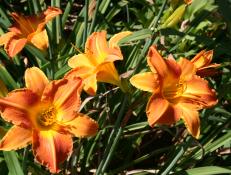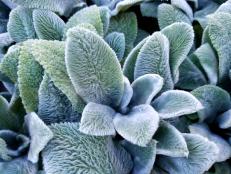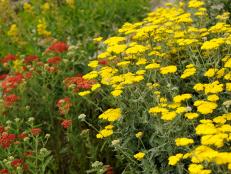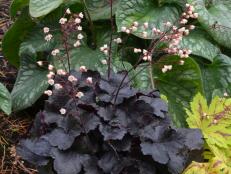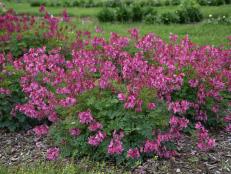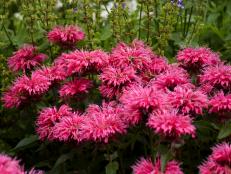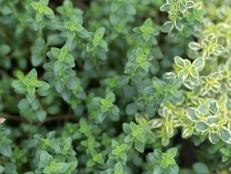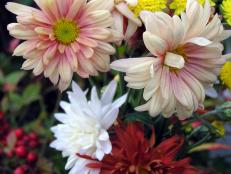How To Choose, Plant And Grow Perennials
Grow gorgeous blooms year after year with tips from this helpful guide.

Photo by Lynn Coulter

Long-lived perennials usually cost more than annuals—but these workhorses of the garden are worth it. Although the tops of the plants die each winter, they grow back from their roots the following spring or summer. (Some perennials hang onto their foliage year-round.)
But bear in mind: If you live where the winters are very cold, even the roots of some perennials will perish. In that case, many gardeners treat the plants as annuals, enjoying them for one growing season, then adding them to the compost pile and starting over the next year.
Choose Your Perennials
Take a look at your garden spot before you dig or buy. Watch how the sun moves over the ground, so you’ll know whether to choose perennials that need sun or shade.
When you’re ready to buy, check the tags on your plants to make sure they’re hardy enough to survive the winter in your garden zone. Use the USDA Plant Hardiness Zone Map to find your region.
Next, think about a garden design. If you choose plants that bloom at different times of year, you can enjoy successive waves of blooms. Not all perennials bloom at the same time, or for the same length of time, but you can fill in any gaps in your garden with annuals, bulbs and shrubs.
It might be tempting to plant your perennials closer together than recommended so your garden will look lush and full, but resist that urge. Their roots will wind up competing for space, and dense foliage can block air circulation and encourage diseases.
If you’re planting in a border, use your tallest perennials in the back so they won’t shade shorter plants as they grow. Walls, hedges or trees make attractive backdrops.
Perennials also look lovely along a walkway or stream. Try mixing them with shrubs and trees or grow them in island beds to attract butterflies and hummingbirds.
There’s an old saying about perennials: They “sleep” in the first year they’re planted, which means that they don’t appear to grow much, although their roots are forming. In the second year, they “creep”, or spread, and by the third year, they “leap,” or grow to mature size.
Perennials offer a wide variety of colors, textures, forms and fragrances. Remember that some need staking as they grow. You can use wooden or metal stakes, plant cages, hoops, wire support rings or sticks and branches from your yard.
Some perennials don’t live as long as others. Delphiniums, for example, may come back for three or four years while peonies can outlast the gardener who planted them. Bloom times can vary, too, from a couple of weeks to several months each year.
Look for the biggest perennial plants you can afford. They’ll bloom faster than smaller plants.
Plant Your Perennials
If possible, do a soil test before you plant and amend your pH based on the results. Add compost, manure or other materials as needed to loosen your soil and help it drain more easily.
Dig holes about as deep as the root balls of your plants, and put the plants in the ground at same level they grew in their pots.
Keep perennials well watered for the first couple of weeks after planting. Then water when the soil below the surface feels dry to the touch. Don’t keep the soil soggy, which can cause rotting.
Deadhead, or cut off, faded blooms. You can shear low-growing perennials such as dianthus (also known as pinks), cranesbill geraniums and candytuft (Iberis).
Before winter arrives, prune the plants to 6 inches above the ground and cut back on your watering. If you live where the winters are warm, reduce watering to about once a month.
Mulch your plants, if you’re in a cold winter region, to protect them. A blanket of snow will help insulate them.
Spring is usually best planting time for summer and fall-flowering perennials. For perennials that bloom from spring to early summer, plant in late summer or fall.
If you see pests or diseases, identify the problem and treat only that problem so you don’t harm beneficial insects in your garden.
Perennials often become less vigorous after they’re grown for several years, so divide and transplant them when needed. This is a good time to trade plants with friends and neighbors, so everyone can add to their gardens.






